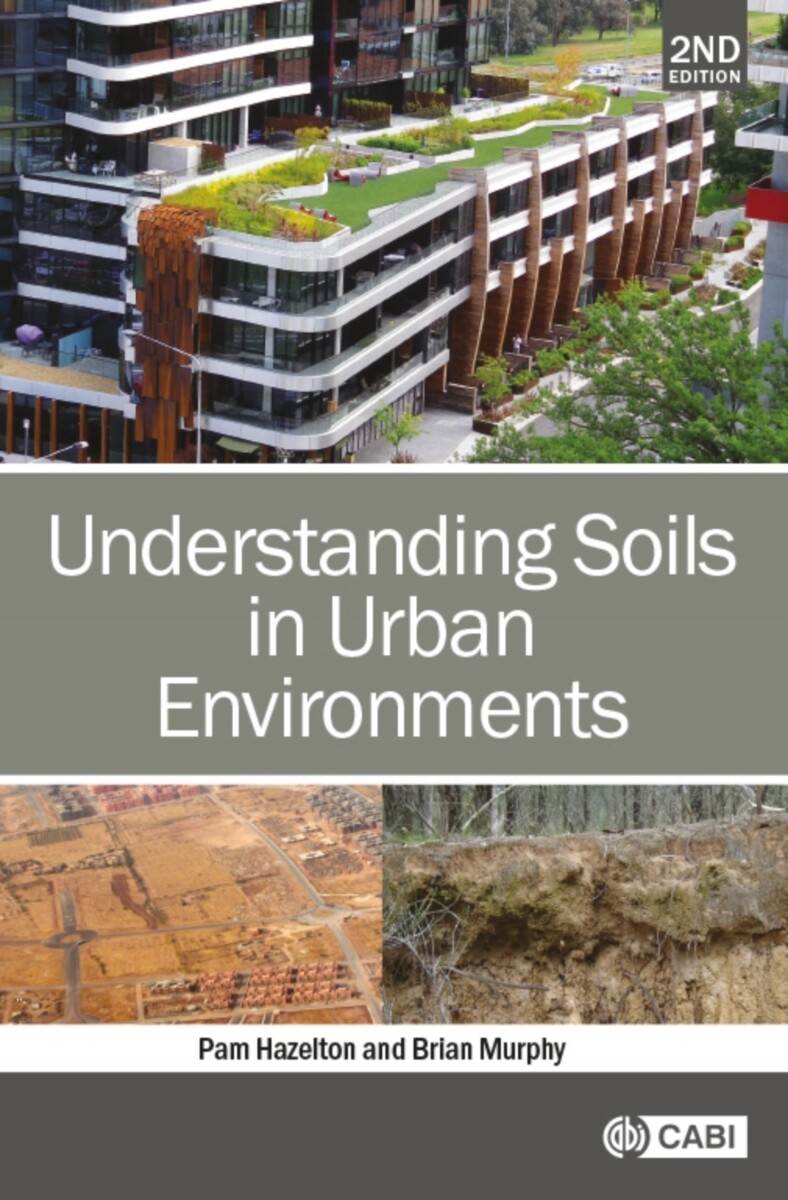Understanding Soils in Urban Environments Edition 2
Hardback
January 2022
9781789249934
More details
- Publisher
CABI - Published
27th January 2022 - ISBN 9781789249934
- Language English
- Pages 200 pp.
- Size 6" x 9"
$135.00
Understanding Soils in Urban Environments is a concise book explaining how urban soils develop, change, and erode. Soils provide the foundation for buildings and infrastructure, and the medium for plant growth in fields, parks, and gardens. They can act as a sink for waste, and can be contaminated in urban areas by heavy metals, organic chemicals and other contaminants. Soil properties such as water retention, salinity and acidity can cause environmental and structural problems for buildings and other engineering works. This text recognizes and draws attention to the particular nature of soils in urban environments and discusses their distinctive management needs.
Since the first edition was published in 2011, it has been used across a wide range of disciplines, many of which require an understanding of urban soil and specific soil properties that cause environmental concern. Urban soils are now recognized as much more important than they were ten years ago, when they were seen as a poor relation to agriculture. The need for better understanding of all aspects of this topic has become evident especially at conferences in the last 5 years in Australia and internationally, where urban soils are now included as specific sections, not just as subsets such as contamination.
This new edition updates and expands on the original text, including a specific chapter on the use of manufactured soil for rehabilitation and recreation, and additional case studies in other chapters, particularly on contamination. The text is also updated to address the increasing importance of soil health for seed banks and parklands, and its implications for planning developments, the legal determination of bioregions, and addressing environmental issues that can arise from mismanagement of urban soils.
Pam Hazelton, PhD
Dr. Pam Hazelton has worked as a soil scientist for over 35 years. She gained her PhD from the University of NSW for her research on the morphology and genesis of scald soils in arid regions. In recent years, Pam’s interests have been in urban and coastal soils with an emphasis on environmental engineering.
Brian Murphy, PhD
Dr. Brian Murphy has worked as a soil scientist for over 30 years with a strong focus on applied soil science. He obtained his PhD in 1999 from the University of NSW for his work on soil structure in cropping systems. Brian’s practice has a strong focus on the application of soil science to agriculture, land management, carbon sequestration, hydrology, salinity and urban land use.
urban soils; urban environments; built environments; parks; gardens; building foundations; urban crops; urban farming; soil management; land use; subsidence; soil restoration; habitat restoration; soil organisms; seed banks


